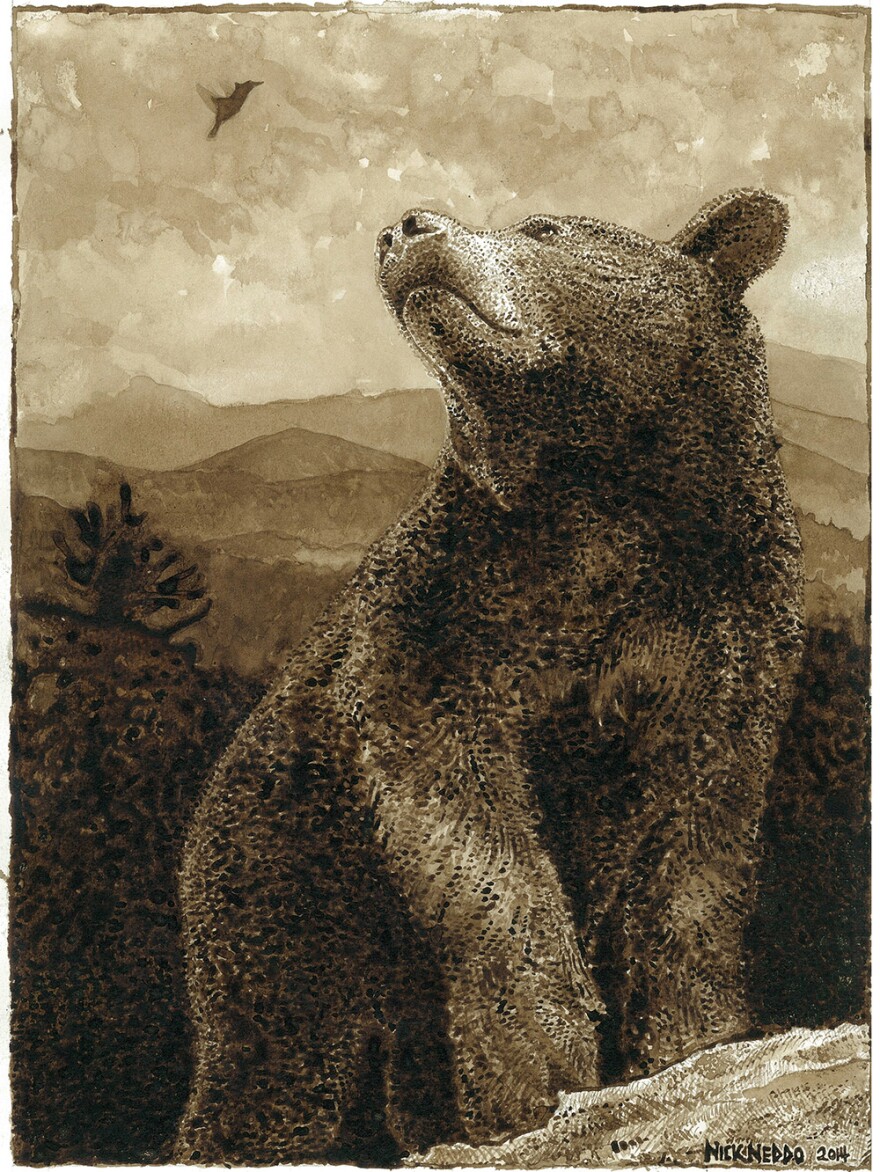Why is tape sticky? How do erasers erase? We'll tackle arts and crafts in this episode, answering not just those two questions but learning how to make paint out of rocks and spit!! Vermont artist and wildcrafter Nick Neddo joins us with some tips on how to create your own paint and art supplies.
Loading...
Nick Neddo is an artist in Vermont. At his home studio he has all kinds of supplies for making art, and he makes most of them himself. So his paintbrushes might be wood from a local tree for the handle and the hair of a deer for the brush! His process for making paint is pretty cool. We listen back to our 2016 episode all about making paint, a great activity to do with kids.

"People have been making paint for thousands of years from various sources of pigment. Pigment is what makes the paint colorful. It's the little particulate that gives the paint its color. Basically you can break it down to getting pigment from rocks or from plants, fungi even. I'm really interested in using rocks to make paint," Neddo said.
He gathers them up and puts them into his granite mortar and pestle: that's a stone bowl with another stone that you use like a hammer. He smashes the rocks into pieces, then grinds them into powder.
Then he carefully pours the powder — the pigment — into a jar with a lid.

"The next step is to add a little bit of water to it. I want to use just enough to cover the pigment. The next step is to put the lid on and shake it vigorously. The larger of those pigment particles, the heavier ones, those are settling down to the bottom of the jar first. All of the fluid that's floating around in the top of the jar, I'm going to pour that into another jar and save it.
"From there you have a nice pigment, and you can add another ingredient which is your binder. The job of the binder is to keep the pigments suspended in the solution as you're mixing it with water. You need a binder to keep those little particles floating in there rather than just having them settle to the bottom. The binders can be egg, they can be glue, they can be honey, a wide variety of things. If you want to make oil paint, your binder would be some kind of oil. It can be as simple as spitting in it."
For more about how to make paint, as well as why tape is sticky and how pencil erasers work, listen to the full episode!









